Using hardened brushes, sticks, and turkey basters, and household enamel paints, Pollock squirted, splashed, and dripped his paint onto canvas rolled out over his studio floor. In 1956, Time magazine gave Pollock the name "Jack the Dripper," referencing his unique style of action painting. Recent studies by art historians and scientists.. Paul Jackson Pollock was born on January 28, 1912, in Cody, Wyoming, and grew up in California and Arizona. In 1930 Pollock moved to New York City and enrolled in the Art Students League. He studied under Thomas Hart Benton, whose realistic style of painting he later rejected. During the 1930s Pollock rode freight trains cross-country and.

Jackson Pollock And His Early Surrealistic Works ArtSheep
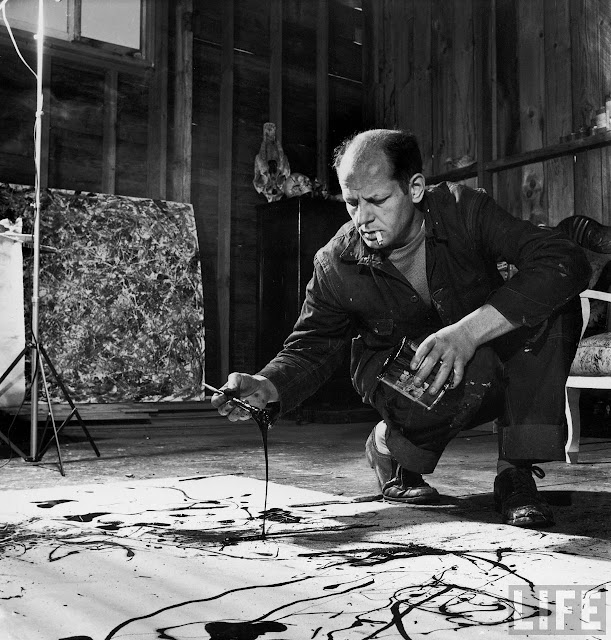
Arts and Facts Episode 31 Jackson Pollock
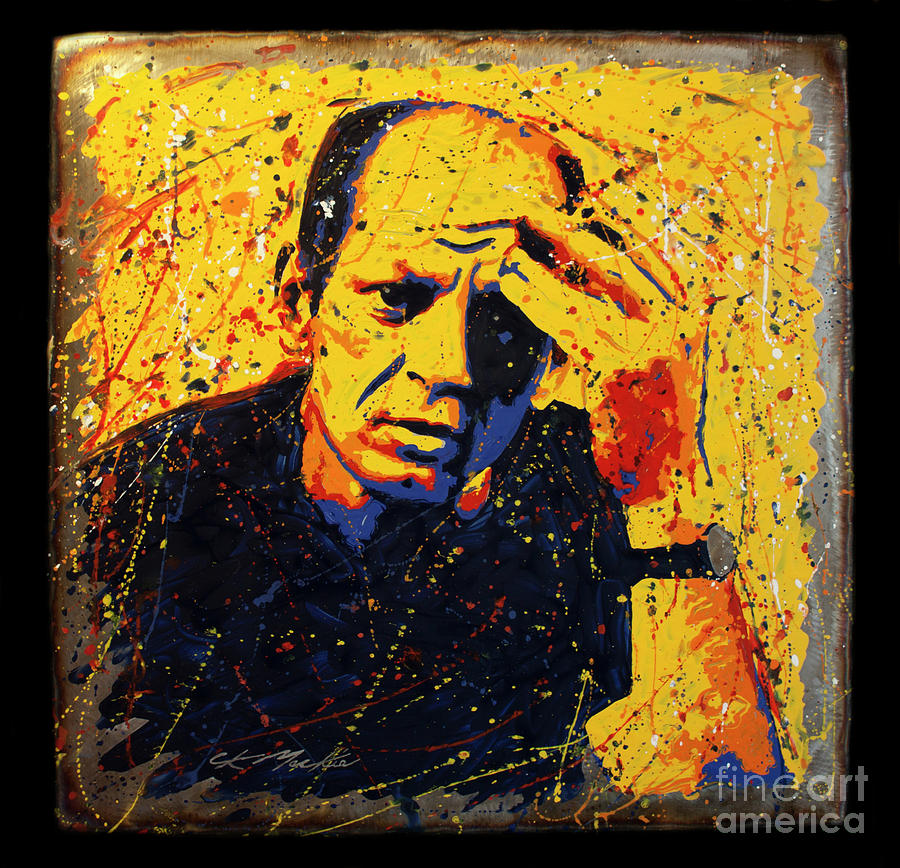
Pollock On Steel Jack The Dripper Painting by Chris Mackie

Art Madrid'23 Jackson Pollock en el MOMA de NY

Jackson Pollock al MoMa, in mostra a New York 50 opere di "Jack The Dripper" realizzate in vent
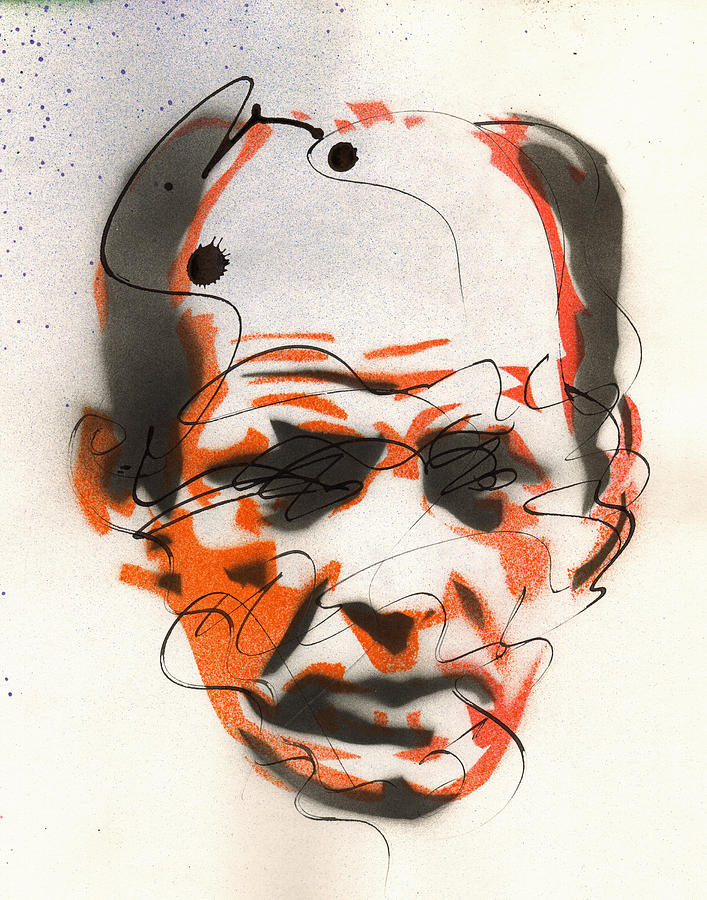
Jack The Dripper Jackson Pollock Painting by Ryan Hopkins

photo

‘Jack The Dripper’ Paintings Sell For Millions On This Day
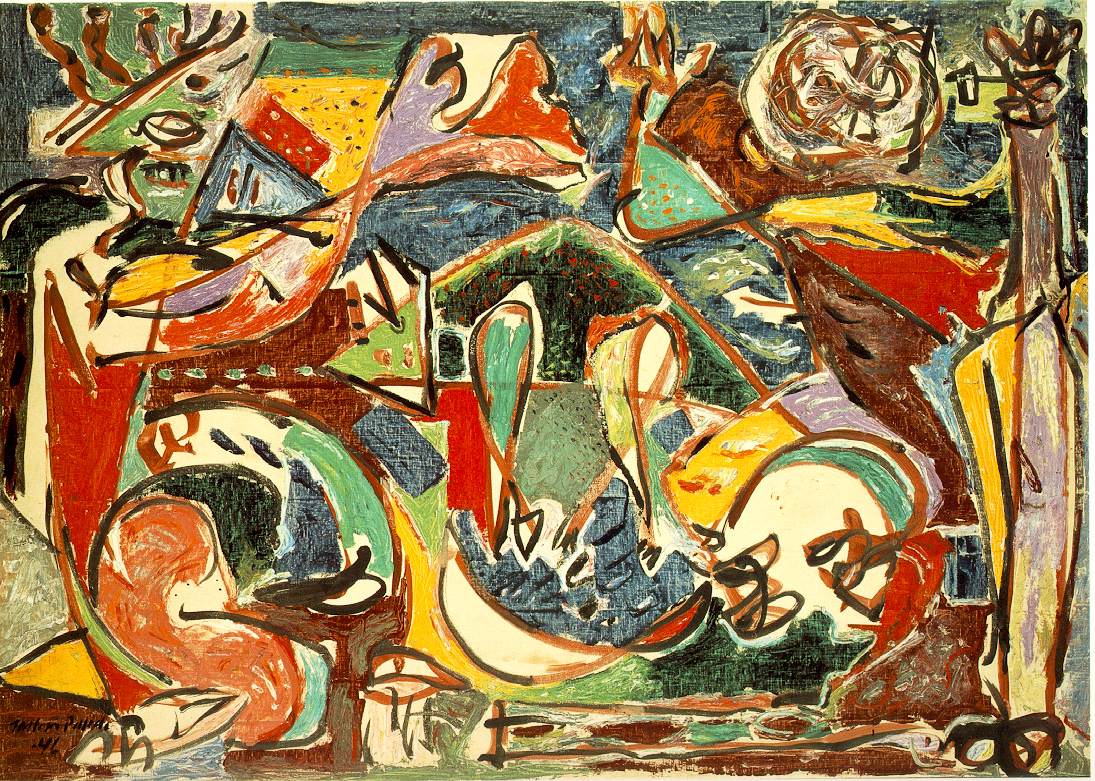
"Jack the Dripper"

BEST AMERICAN ART Real Space, Real Time Environments, Happenings, and Fluxus Events
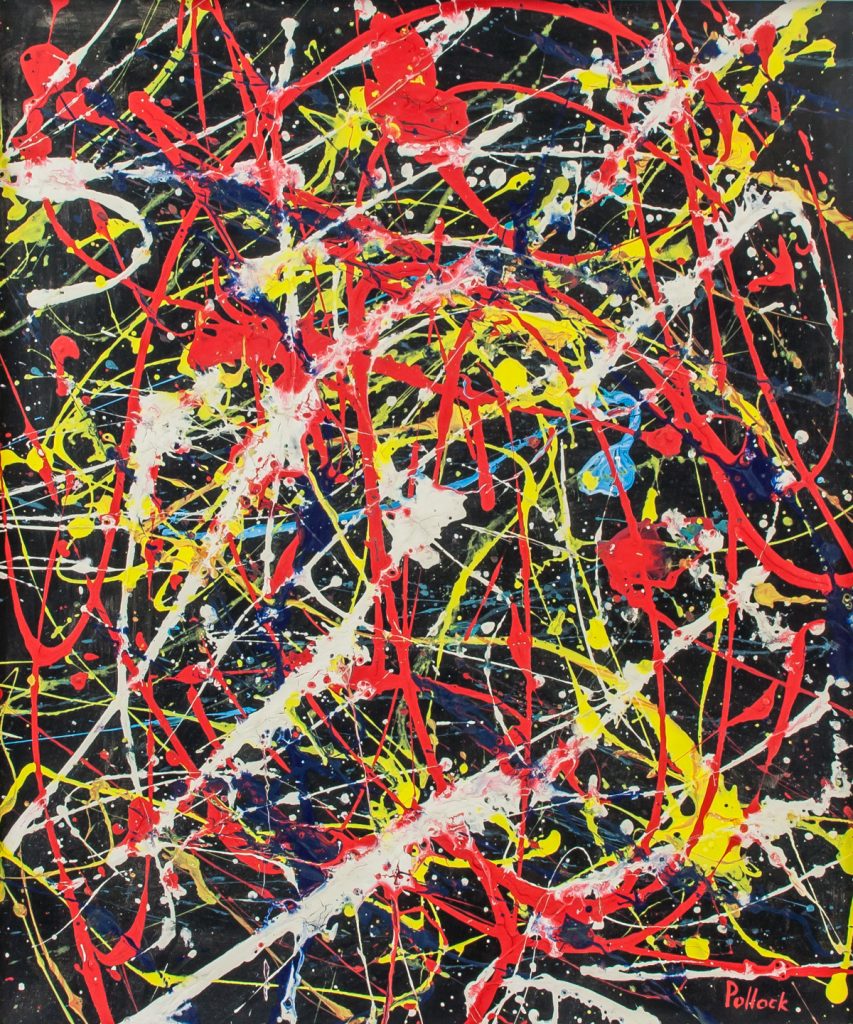
Jackson Pollock Abstract Oil on Canvas for Auction at on May 9, 2019 888 Auctions

loverofbeauty Photo Jackson pollock art, Jackson pollock, Pollock art

MEET 'JACK THE DRIPPER' POLLOCK ON ADULT SCHOOL TOUR — The South OrangeMaplewood Adult School
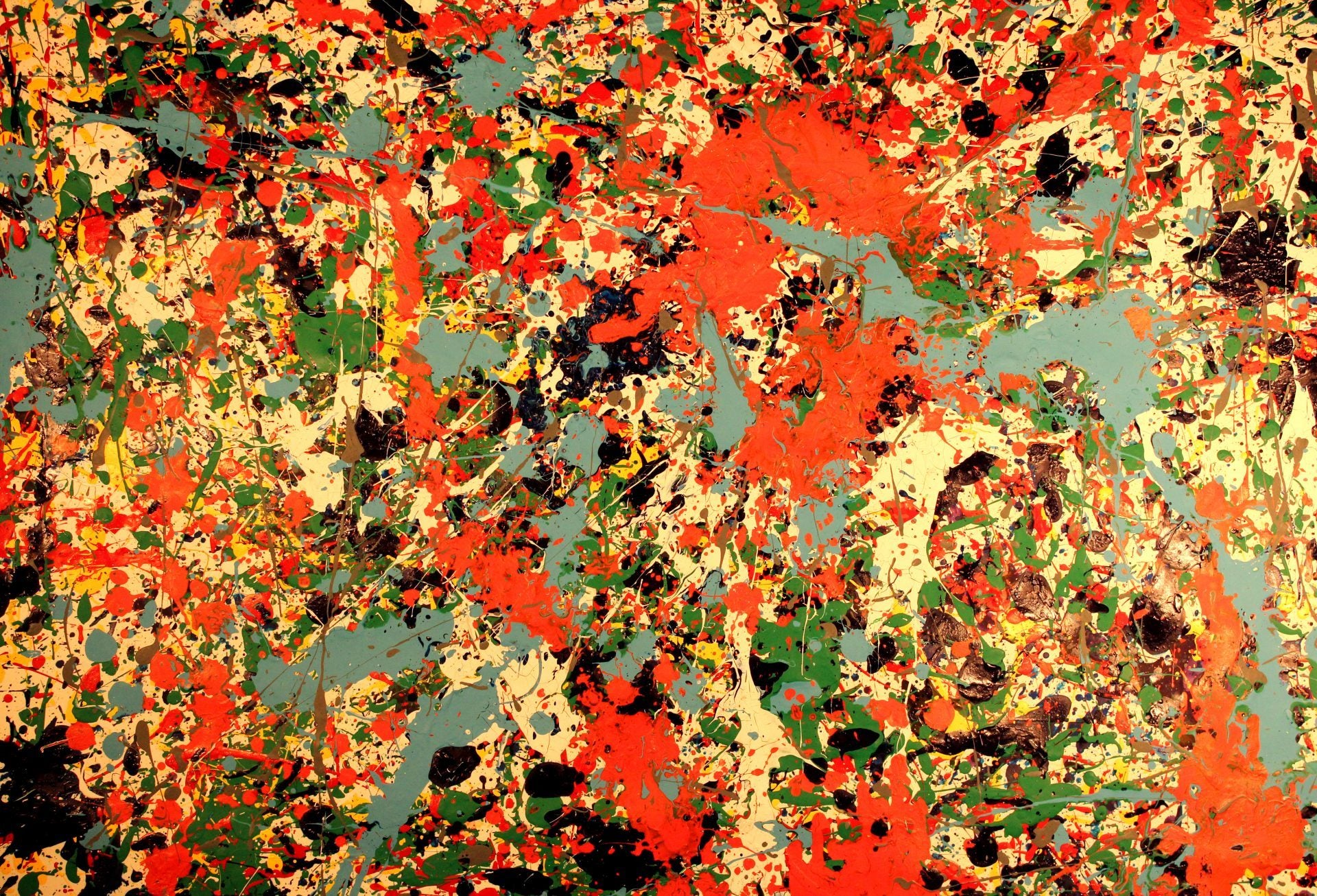
Jack the Dripper PS Audio
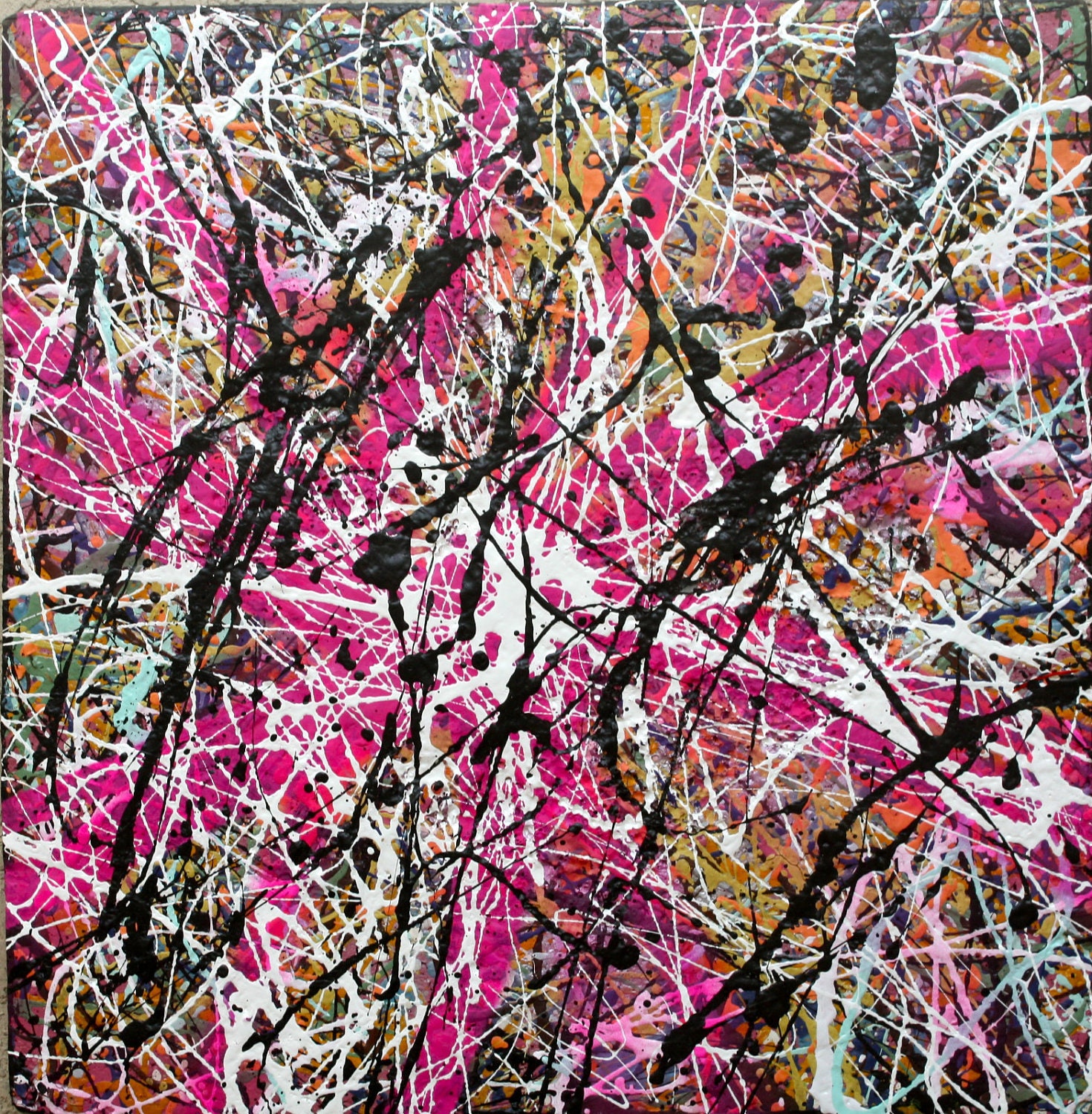
ORIGINAL abstract Jackson Pollock style medium contemporary

10 things to know about Jackson Pollock Artsper Magazine
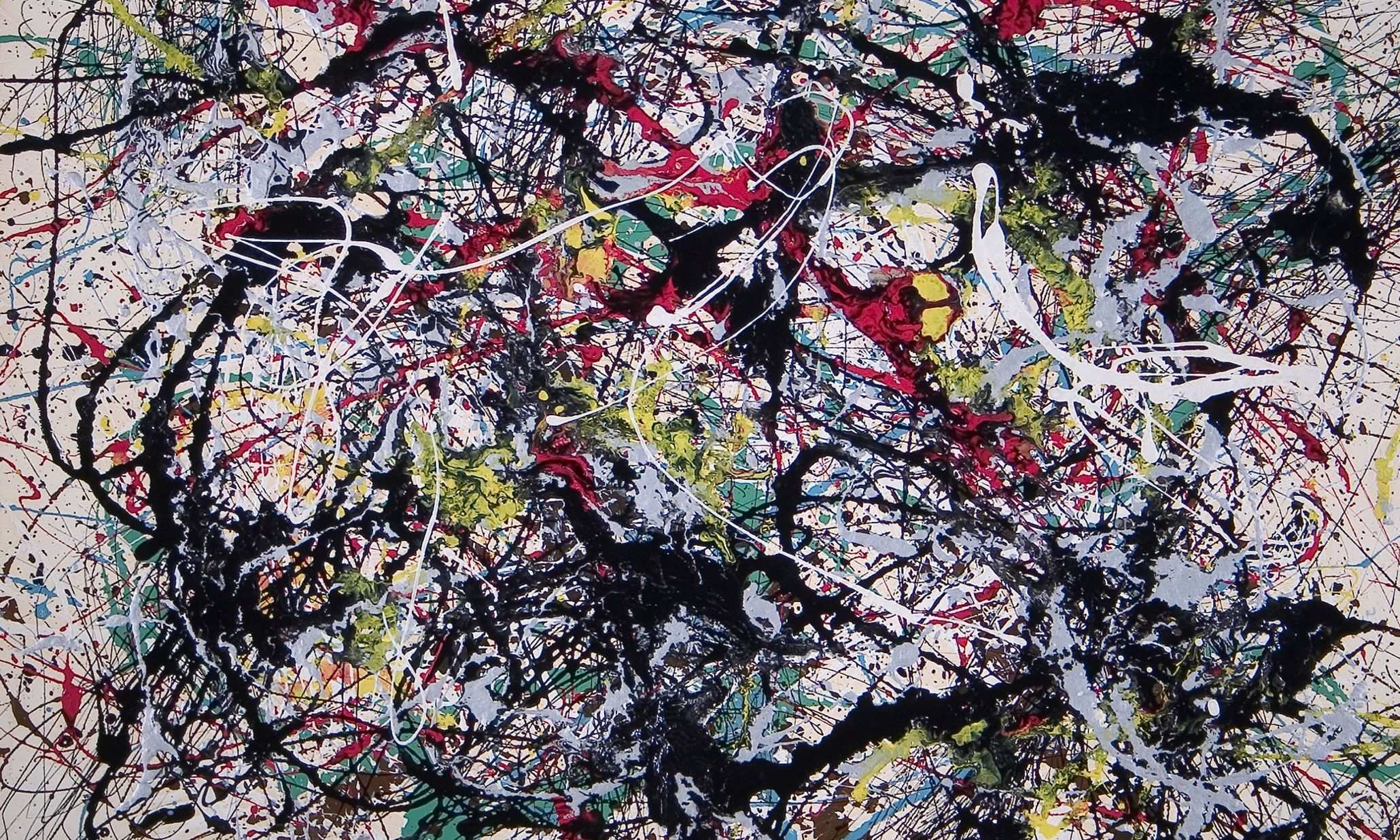
Jackson Pollock e l'action painting Metropolitan Magazine

DRAGON Why Jackson Pollock gave up painting
BIOGRAFÍAS Jackson Pollock

DRAGON Jackson Pollock / Jack the Dripper Returns
Jackson Pollock - Abstract Expressionism, Artistic Innovation, Pioneering: As a man, Pollock was described by his contemporaries as gentle and contemplative when sober, violent when drunk.. criticism of Clement Greenberg in The Nation during the 1940s to Time magazine's pejorative reference to him as "Jack the Dripper".. Number 1, 1948 is a masterpiece of the "drip," or pouring, technique, the radical method that Pollock contributed to Abstract Expressionism. Moving around an expanse of canvas laid on the floor, Pollock would fling and pour ropes of paint across the surface. One is among the largest of his works that bear evidence of these dynamic gestures.